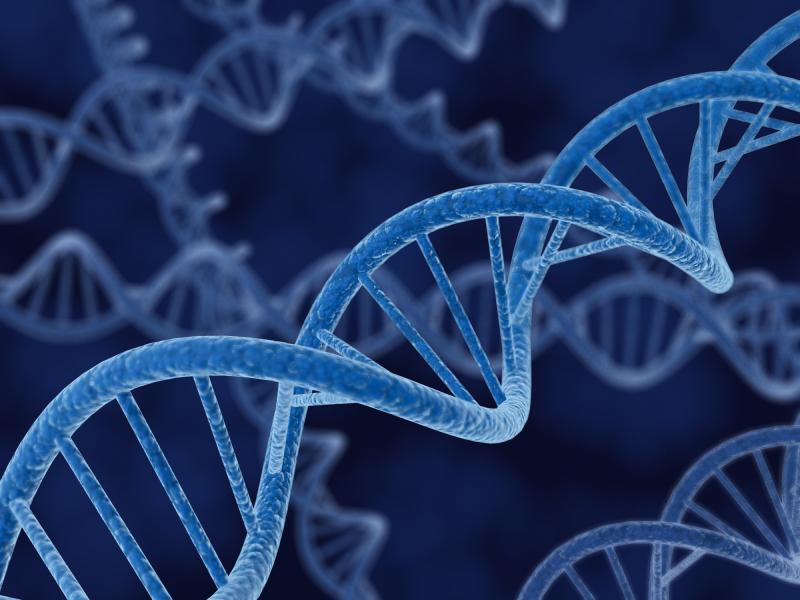The motto of the academic health system in my community is, “In Science Lives Hope.” Walter Isaacson’s book, The Code Breaker: Jennifer Doudna, Gene Editing, and the Future of the Human Race, affirms that assertion.
Isaacson said that the three great revolutions of modern times are the discoveries of the three fundamental kernels of our existence: the atom, the bit, and the gene. According to Isaacson:
- The first half of the twentieth century featured a revolution driven by physics, which led to atom bombs and nuclear power, transistors and spaceships, lasers and radar.
- The second half of the twentieth century was an information-technology era, which led to microchips, computers and the internet.
- Now we have entered a life-science revolution which began just in time to combat the COVID-19 pandemic.
Bacteria “have been battling viruses for more than a billion years,” Isaacson said, by developing “clustered repeated sequences, known as CRISPRs, that can remember and then destroy viruses that attack them. In other words, it’s an immune system that can adapt itself to fight each new wave of viruses.”
Jennifer Doudna, an American biochemist at the University of California, Berkeley, said, “CRISPR evolved in bacteria because of their long-running war against viruses. We humans don’t have time to wait for our own cells to evolve natural resistance to this virus, so we have to use our ingenuity to do that.” She pondered, “Isn’t it fitting that one of the tools is this ancient bacterial immune system called CRISPR? Nature is beautiful that way.”
Doudna’s work, said Isaacson, “illustrates, as Leonardo da Vinci’s did, that the key to innovation is connecting a curiosity about basic science to the practical work of devising tools that can be applied to our lives—moving discoveries from lab bench to bedside.”
“The invention of easily reprogrammable RNA vaccines was a lightning-fast triumph of human ingenuity,” Isaacson said, “but it was based on decades of curiosity-driven research into one of the most fundamental aspects of life on planet earth: how genes encoded by DNA are transcribed into snippets of RNA that tell cells what proteins to assemble.’
Echoing Doudna, he said, “Great inventions come from understanding basic science. Nature is beautiful that way.”
